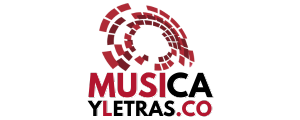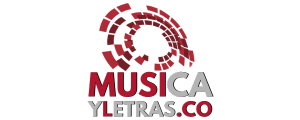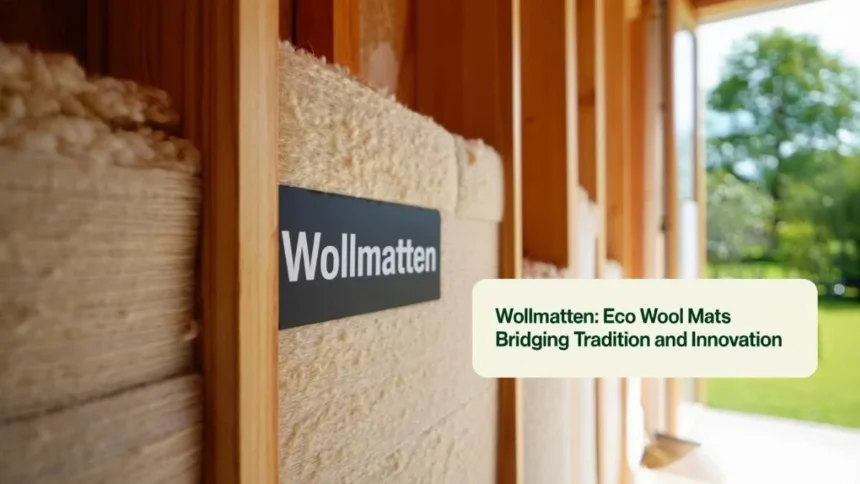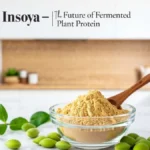Wollmatten are natural wool mats that blend Germany’s heritage of craftsmanship with modern sustainable design. In simple terms, Wollmatten refers to pads or insulation layers made from pure wool, known for their ability to regulate temperature, reduce noise, and maintain moisture balance. They’re used widely in eco-construction, interior design, and soundproofing because of their renewable nature and high durability.
Beyond being a product, it also echoes Germany’s cultural and geographic history. The word appears in several place names across German-speaking regions, linking back to pastures, sheep grazing, and traditional wool production. Understanding Wollmatten means exploring both its practical material benefits and its deeper cultural roots that continue to shape sustainable living today.
Linguistic Roots and Dual Meanings
The term Wollmatten combines “Wolle” (wool) and “Matten” (plural of mat or meadow). Historically, Matten referred to grasslands used for grazing. This duality shows how German words often connect language with land use and craftsmanship.
In many towns like Freiburg, Lörrach, and Basel, street names such as An den Wollmatten mark former wool-processing or grazing areas. Thus, the term reflects both material innovation and regional memory, tying environmental awareness to linguistic heritage.
Key Sustainable Properties
| Feature | Description | Benefit |
| Thermal Insulation | Retains heat in winter, cools in summer | Cuts energy bills |
| Sound Absorption | Fibers dampen echo and vibration | Creates quiet interiors |
| Moisture Control | Balances humidity levels naturally | Prevents mold growth |
| Air Purification | Absorbs VOCs and odors | Improves indoor air quality |
| Biodegradability | Fully decomposable | Reduces environmental waste |
These eco-friendly characteristics make Wollmatten a preferred choice for architects, designers, and homeowners focused on green construction and healthy living environments.
Material Composition and Structure
They are typically made from 100 % sheep’s wool, sometimes blended with recycled fibers. Natural lanolin provides built-in resistance to dust mites, pests, and moisture. Unlike synthetic mats, they remain odor-neutral and recyclable.
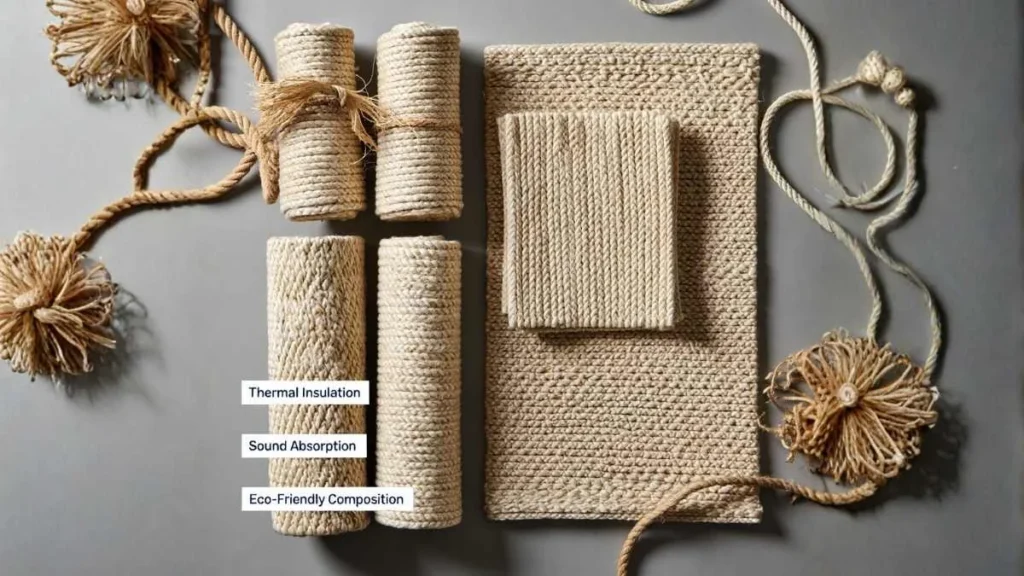
Some premium variants are reinforced with jute or hemp fibers to enhance tensile strength, making them suitable for heavy-duty flooring or industrial soundproofing projects.
These layers of innovation keep Wollmatten aligned with bio-based material standards recognized across the EU.
Applications Across Modern Industries
In Construction
- Roofs, walls, and floors in passive houses
- Timber-frame and clay-brick buildings
- Renovations of historic homes require breathable materials
In Interior Design
- Decorative acoustic panels
- Wall padding for recording studios
- Underlays for eco flooring systems
In Packaging and Product Design
- Recyclable shock-absorbing pads for shipping glass, ceramics, or electronics
- Wool filling in furniture and upholstery
- Handicrafts and artisan decor items
Each application highlights its flexibility, equally functional in modern architecture and sustainable consumer design.
Geographic and Cultural Relevance
Across Germany, Switzerland, and Austria, Wollmatten resonates not only as a product but also as a geographic marker.
Areas named Wollmattenstraße or Im Wollmatten often trace back to sheep pastures or wool workshops active in medieval and early modern times.
This link between geography and trade reflects how wool shaped local economies, supporting artisans, shepherds, and merchants.
Even today, regional wool cooperatives in the Black Forest and Alpine areas preserve these traditions, demonstrating how ancient practices sustain modern circular economies.
How Wollmatten Compares with Synthetic Alternatives
While fiberglass or polyurethane mats dominate the insulation market, Wollmatten offers a holistic set of advantages:
- Made from renewable raw material
- Produce fewer carbon emissions during manufacturing
- Improve indoor air quality instead of releasing micro-particles
- Lasts for decades with minimal degradation
- Safe for human health and allergy-friendly
Although their initial cost may be slightly higher, life-cycle analyses show Wollmatten outperform synthetics in longevity, comfort, and environmental impact.
Benefits at a Glance
Here’s a quick summary of why it stands out among natural materials:
- Eco-friendly: 100 % renewable and biodegradable
- Soundproof: Absorbs up to 90 % of airborne noise
- Thermal comfort: Retains warmth without overheating
- Moisture-adaptive: Regulates humidity naturally
- Lightweight yet durable: Easy to install and long-lasting
- Carbon neutral: Minimal processing footprint
These advantages explain their growing demand in green architecture and sustainable interior projects worldwide.
The Symbolism Behind Wollmatten
Beyond their utility, Wollmatten symbolize Germany’s balance between nature and innovation. They represent how ancient crafts, spinning, weaving, and felting, have evolved into modern sustainable technologies.
This fusion reflects the national ethos of Nachhaltigkeit (sustainability): innovation rooted in ecological respect.
In essence, every wool fiber in a Wollmatten carries a story of renewal, where environmental mindfulness meets timeless craftsmanship.
Maintenance and Longevity
To maximize durability:
- Keep the structure well-ventilated
- Avoid prolonged exposure to standing moisture
- Use vapor-permeable membranes during installation
- Inspect annually for compaction or pests (rare with lanolin-rich wool)
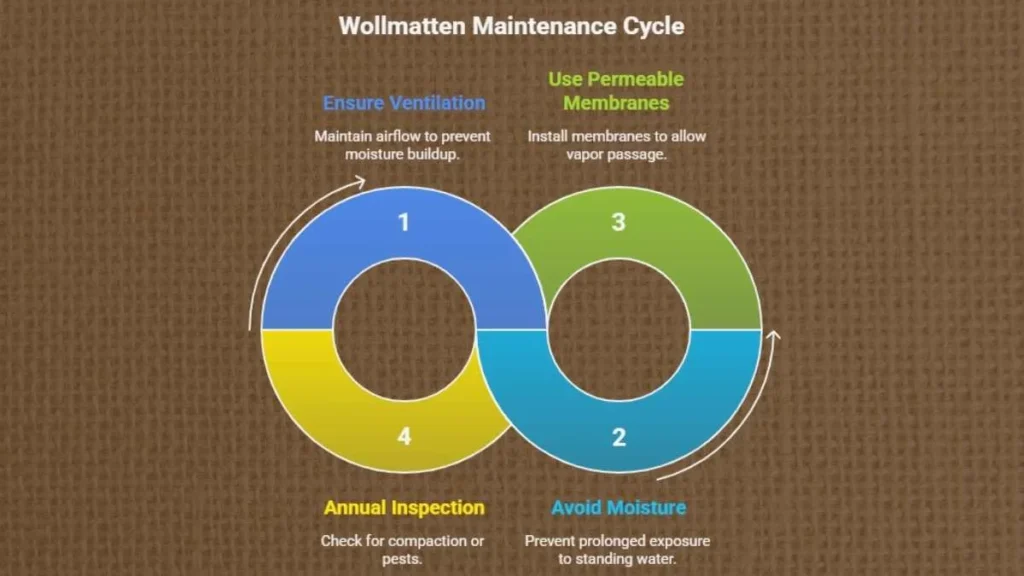
Properly maintained Wollmatten can last 50 years or more, maintaining insulation and air-filtering performance throughout their lifespan.
FAQs
1. Are Wollmatten suitable for humid climates?
Yes, they naturally regulate moisture, making them ideal for varied humidity levels.
2. Can Wollmatten be recycled after use?
Absolutely. They are 100 % biodegradable and can return safely to the environment.
3. Do Wollmatten attract pests?
Not typically, natural lanolin in wool acts as an insect deterrent.
Conclusion
Wollmatten embodies both material excellence and cultural depth. As eco-friendly wool mats, they deliver unmatched thermal and acoustic comfort while promoting circular sustainability. As a geographic and historical term, they remind us of Germany’s pastoral heritage and enduring respect for natural resources.
In an era focused on carbon reduction and renewable design, Wollmatten proves that innovation can grow from tradition. They bridge the old and new, transforming humble wool into a modern solution for greener, healthier living spaces.
